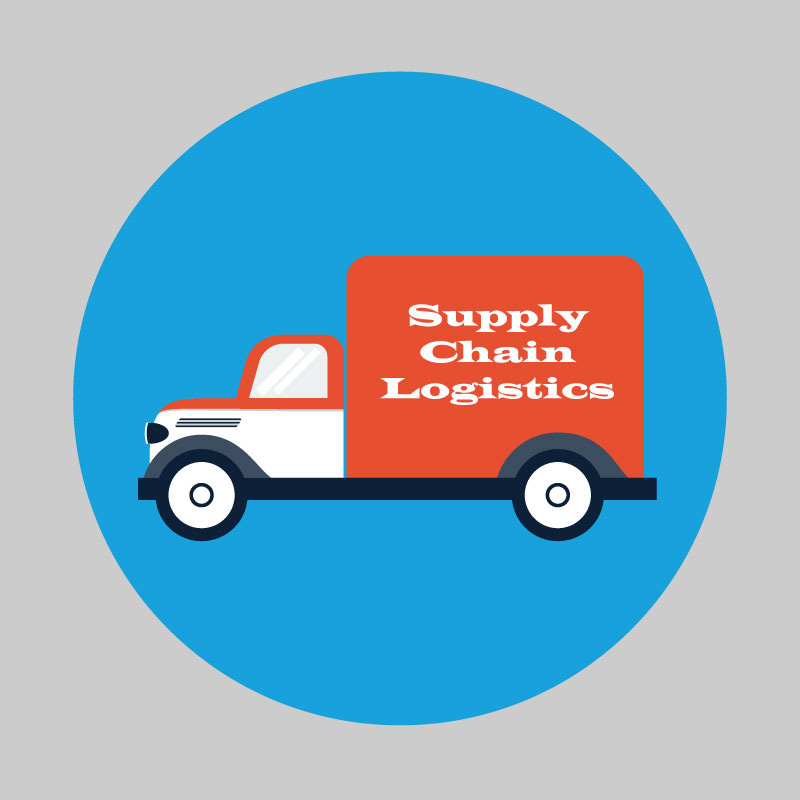During the fourth quarter of last year, the annual UPS (as in “What can brown do for you?”) Pain in the (Supply) Chain survey was published. This survey “takes the vitals of the healthcare supply chain around the world, identifies pain points and reveals top strategies of logistics executives at pharmaceutical, medical device and biotech companies across the world.”
Although it wasn’t focused on healthcare providers specifically, it does bring to light issues regarding “what if” scenarios that could happen to some of your largest vendors that you need in order to best serve your patients.
According to UPS, “a misperception of risk may diminish healthcare logistics executives’ appetite for upgrading their supply chain capabilities.” Since most of the providers that I have worked with have moved to a “Just in time” process for ordering products (potentially because they paid big bucks to a Six Sigma or Lean consultant that told them this is the best approach), this article made me think of the “what if my Medical/Surgical or Rx distributor went down for some reason?” scenario.
How long can your hospital provide adequate care for your patient population with only the products on hand and in your warehouse?
It’s a pretty scary thought, but it’s something that executives must do and your community is expecting you to do, too.
There were several interesting findings that emerged from the UPS Survey, but the one that I feel is most important for healthcare providers is this:
“While the healthcare supply chain is vulnerable to disruption, contingency planning has not been an industry priority.”
I have to agree with this. Even though there is a low probability of disruption happening, you can’t just rely on your primary distributors to guarantee delivery when unexpected events happen. It doesn’t matter what your agreement says. You are obligated to take care of your patients.
Here are some steps you can take to help better prepare your organization:
- Conduct scenario planning.
- Just like you most likely do for an “active shooter” situation and other emergencies, you need to plan for distribution interruptions.
- Consult with a third-party logistics (3PL) provider to develop contingency plans.
- There are many local and regional 3PL providers in every city that have warehouse space, access to trucks and routing technology that can help navigate issues that your primary provider might not be able to.
- Invest in secondary distribution infrastructure.
- This reminds me of what the electricity industry does with their power grids. If something goes down, they can re-route power quickly without us knowing it’s happening. To do this in supply chain logistics will cost some money, but might be the best solution.
- You will need to have a redundant system that already has your standard weekly purchasing information loaded and ready to go with either a 3PL or another national distributor. This distributor should be warehousing products in a far enough location from your current distributor’s warehouse so it won’t be affected by the same natural disaster or issue that caused the system to go down in the first place.
Conclusion
Lastly, the UPS survey revealed “executives reporting high success in addressing supply chain issues are often willing to leverage third-party capabilities through deeper relationships with healthcare logistics experts.” This means that collaborative models will be the most effective for capitalizing on new opportunities and facing challenges in the healthcare supply chain. Be open to collaboration, and you’ll make your life a lot easier!

